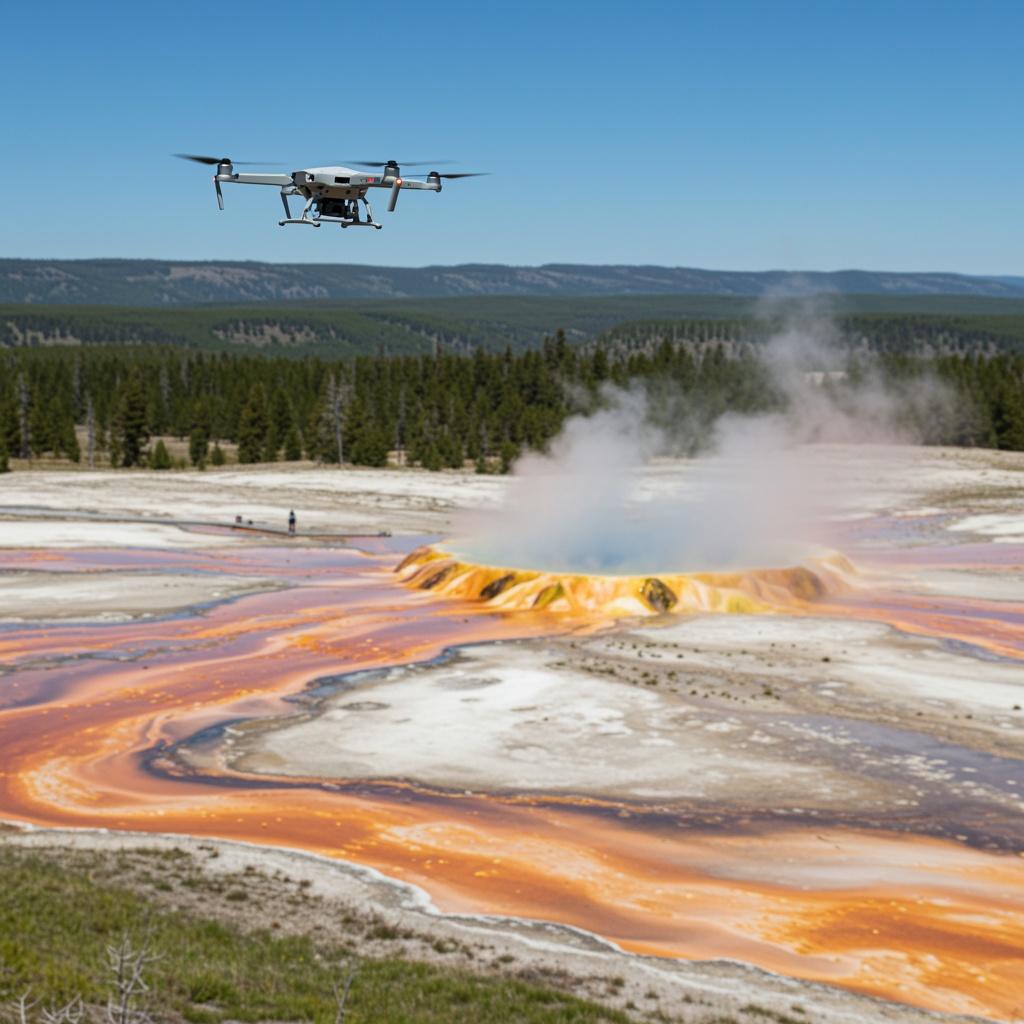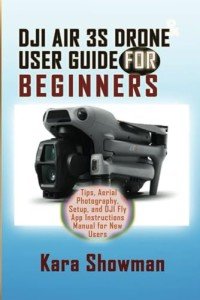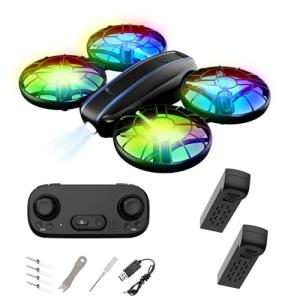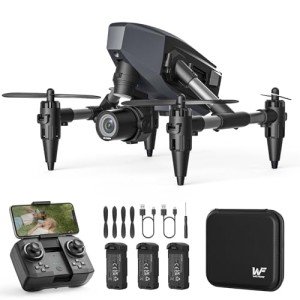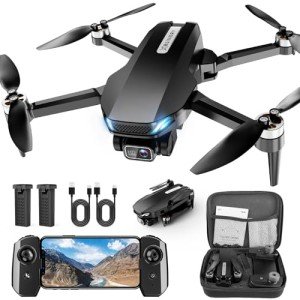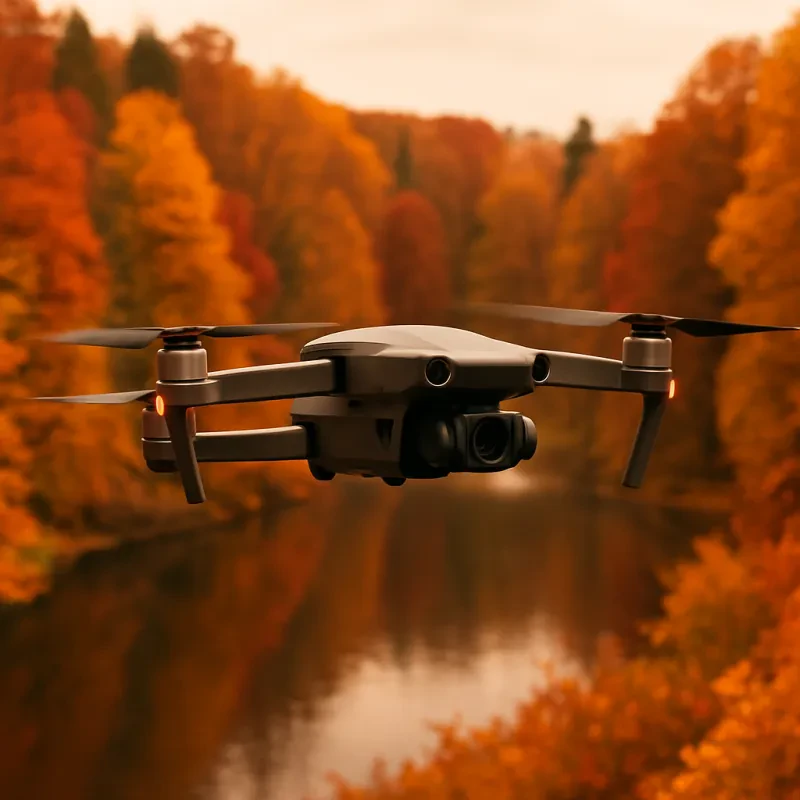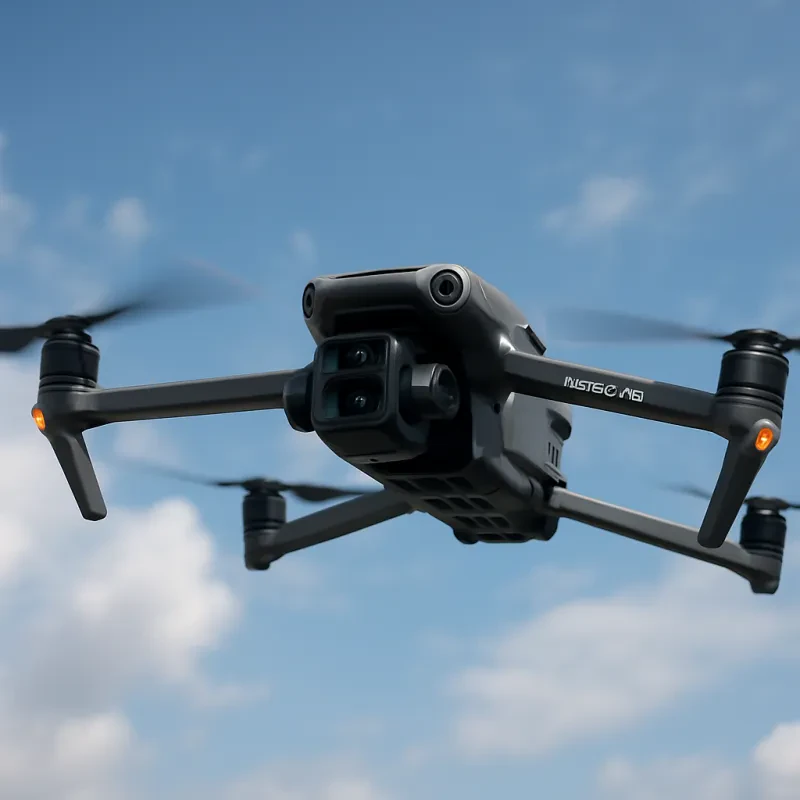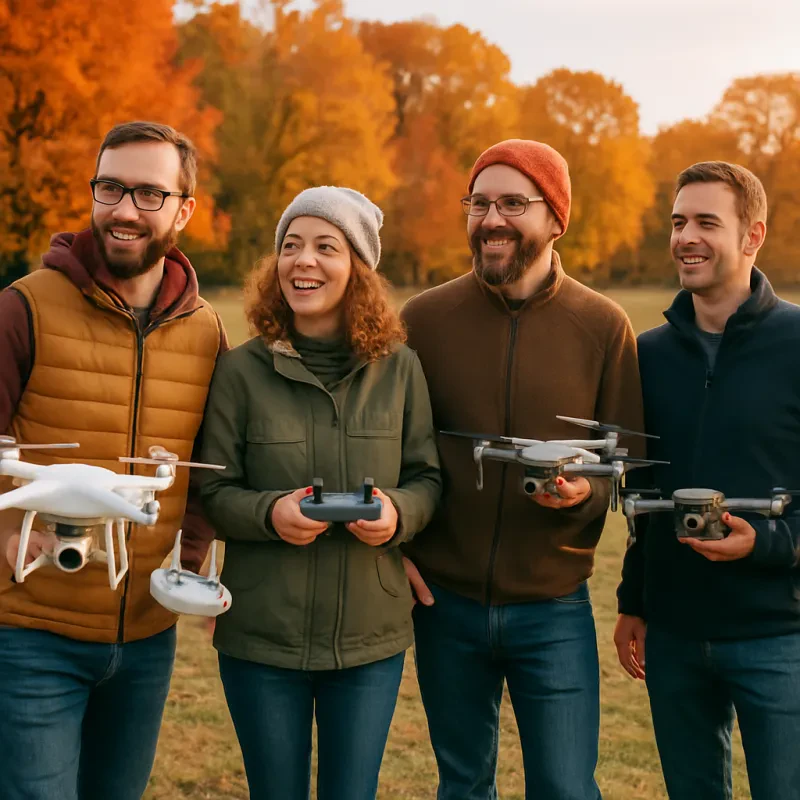Understanding Drone Regulations in National Parks
The use of drones in national parks is governed by a complex legal framework that includes federal regulations, state laws, and specific guidelines set forth by individual parks. At the federal level, the Federal Aviation Administration (FAA) oversees the use of unmanned aircraft systems (UAS), establishing basic operational limits for drone flights across the United States. However, when it comes to national parks, the jurisdiction extends to the National Park Service (NPS), which has additional rules that directly affect drone operations.
The NPS has implemented a stringent stance regarding drone usage, primarily due to environmental concerns and the preservation of wildlife within these protected areas. In most national parks, drone flights are officially prohibited, as they can disturb natural habitats, disrupt the experience of park visitors, and pose safety risks. Specific instances of drone usage might be permitted; however, they require prior authorization, emphasizing the need for compliance with park management policies.
Violating drone regulations in national parks can lead to significant repercussions, including fines and the potential for criminal charges. Such penalties serve as a deterrent to rogue operators who may disregard the established rules, highlighting the importance of understanding the specific regulations before engaging in drone activities. It is crucial for drone operators to thoroughly research the rules applicable to the park they plan to visit, as each park may have unique regulations governing drone flights.
In addition to NPS regulations, state laws may also impose restrictions on drone usage in national parks. Therefore, drone operators are advised to check both federal and regional rules to ensure compliance. Awareness of these regulations not only safeguards the integrity of national parks but also enhances the overall experience for all visitors.
Safety Best Practices for Drone Pilots
Flying drones in national parks presents unique opportunities for photography and videography, but it also comes with significant safety responsibilities. One of the first steps that every drone pilot should take is to conduct thorough pre-flight checks. These checks should encompass the drone’s battery life, firmware updates, and overall mechanical integrity. Ensuring that the drone is in optimal working condition is essential for a safe flying experience. Pilots must also familiarize themselves with any specific regulations pertaining to drone usage within the park.
Maintaining a visual line of sight with the drone is another crucial safety practice. This requirement not only helps pilots maintain control over their aircraft but also enhances the overall safety of park visitors and wildlife. When pilots become distracted or lose sight of their drone, they increase the risk of accidents. Such accidents could endanger other users in the park, including hikers, cyclists, or even animals that inhabit the area.
Furthermore, understanding environmental conditions is vital for successful drone operation. Wind velocities, weather conditions, and the presence of wildlife can significantly affect flight stability and safety. Before taking off, it is essential to evaluate these environmental factors. By doing so, pilots can make more informed decisions regarding whether it is a suitable time to fly. To minimize impact on wildlife, especially during sensitive seasons, pilots should also restrict their flying near animal nesting or mating sites.
Ultimately, each drone pilot within national parks carries a responsibility to ensure their operations do not compromise the safety of themselves, wildlife, or other park visitors. As stewards of these natural environments, it is imperative that drone operators prioritize safety through diligence and awareness, fostering a respectful interaction with nature.
Respecting Wildlife and Natural Resources
The advancement of drone technology has enhanced the ability for enthusiasts to capture stunning aerial footage and images. However, this comes with significant ethical responsibilities, particularly when flying in sensitive environments like national parks. One of the primary concerns is the potential disturbance drones can cause to wildlife. Birds and mammals may experience increased stress when drones approach, leading to altered behaviors such as abandoning nests or fleeing from their natural habitats. As stewards of the environment, it is crucial for drone operators to recognize and mitigate these impacts.
To ensure responsible drone usage in national parks, operators should be mindful of wildlife interactions while planning their flights. Official guidelines suggest maintaining a minimum distance from animals to avoid causing stress or disruption. It is advisable to refrain from flying drones near nesting sites, migratory routes, or during sensitive periods such as breeding season, thereby contributing to the conservation of these species. Planning flights during non-active hours can help minimize potential disturbances to wildlife.
Furthermore, preserving the natural landscape is equally important. Drone operators must adhere to the 'Leave No Trace' principles, which advocate for minimal environmental impact. This can involve avoiding areas where drones could disturb natural formations, historical sites, or areas designated for silence and tranquility. One’s flying practices should include thorough pre-flight assessments to identify sensitive areas.
Ultimately, conscientious drone operation not only upholds the integrity of national parks but also facilitates an enjoyable experience for all visitors. By prioritizing the well-being of wildlife and preserving natural resources, drone enthusiasts can contribute to sustainable park management and conservation efforts, ensuring these beautiful landscapes remain intact for generations to come.
Getting Permits and Approvals for Drone Use
Before embarking on a drone photography venture within national parks, it is imperative to understand the regulatory framework governing such activities. Many national parks have established specific guidelines concerning the use of drones, and obtaining the necessary permits is crucial to ensure compliance with these regulations. The first step in this process typically involves acquiring a special use permit. This permit is essential for any commercial activity conducted on park lands, including drone emissions of video and photography.
The application procedure for a special use permit generally requires the submission of detailed documentation. Applicants may need to provide a comprehensive project description, outlining the purpose of the drone use, the intended locations, and the anticipated duration of the shoot. Furthermore, a copy of the operator's FAA certification and proof of appropriate insurance coverage may also be required. It is advisable to prepare and submit this documentation well in advance of your planned shooting dates, as the processing time for permit approvals can vary significantly, often taking several weeks to months.
Communicating with park officials is not only beneficial but also necessary during this process. Park staff can provide valuable insights regarding the specific conditions tied to the issued permit. Understanding these stipulations is crucial to prevent violations that might jeopardize both the permit and one's standing in future drone operations within the park. Any deviations from the terms outlined in the permit can lead to penalties, including fines or prohibition from future use. Therefore, thorough knowledge of the park’s drone policies alongside effective communication with officials helps to ensure a successful and compliant drone photography experience in these stunning natural settings.
